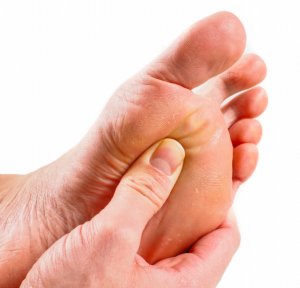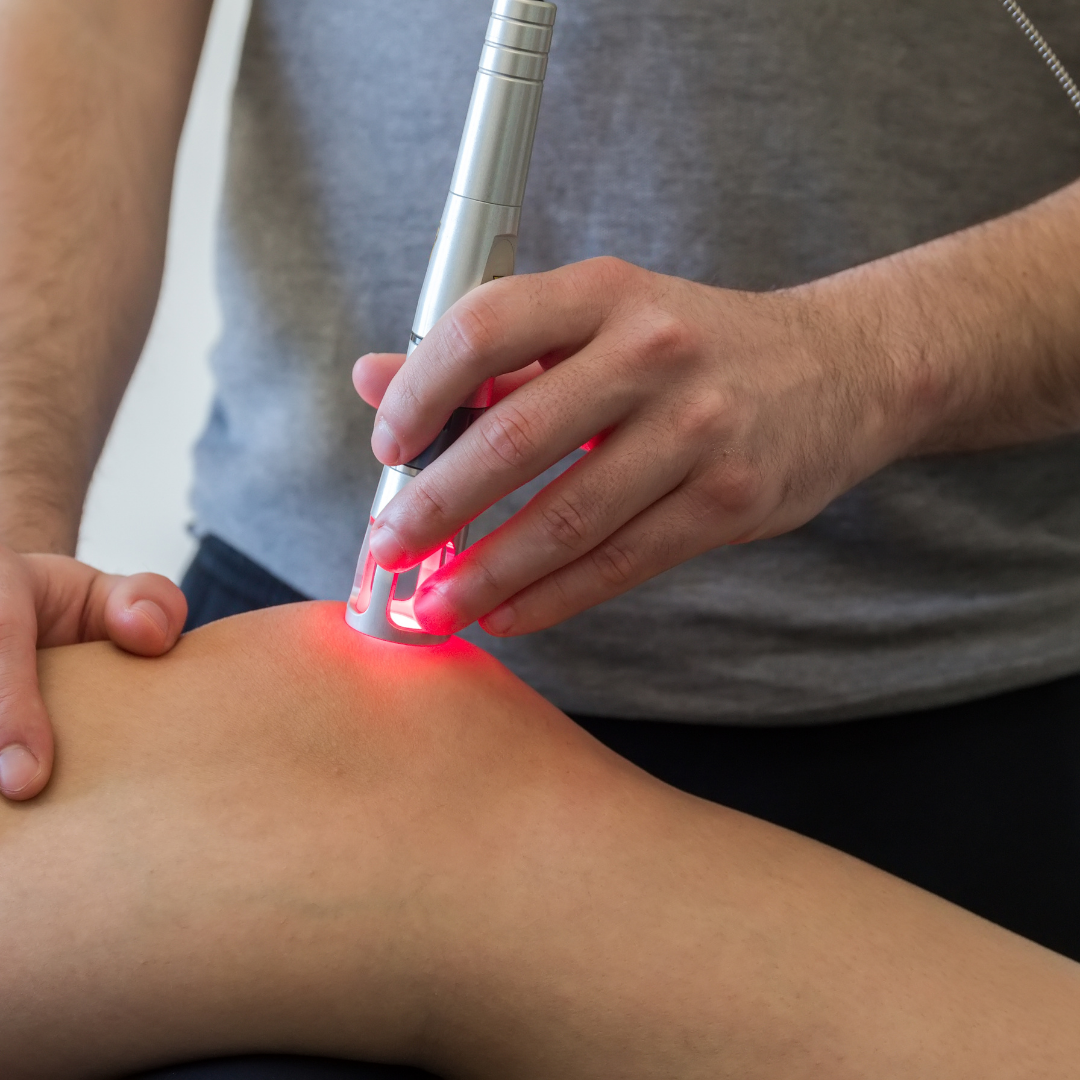Freiberg’s infarction, or disease, describes the death of bone tissue at the head of the metatarsal (long bone of the foot) because of an interrupted blood supply to the area. This is medically known as avascular necrosis. While the second metatarsal head is most often affected, avascular necrosis can affect the third and fourth metatarsals. It most often affects young girls during a growth spurt, so between the ages of 8 and 15 years. Adults can also be affected by Freiberg’s, though this is unrelated to growth spurts and growth plates as it often is in kids. To learn more about kids’ foot problems, click here.
Generally, it is the repetitive stress and microtrauma to the growth plate of the at the end of the second metatarsal that results in a Freiberg’s infarction. The impact can cause the joint to collapse and lose its structural integrity, disrupting the blood supply to the area. Other contributing factors include:

Symptoms of a Freiberg’s infarction can include:
The first step in treatment is to offload the affected metatarsal head at the ball of the foot. This may be done through a cast, a moonboot, or an orthotic depending on the level of off-loading required. This will help to reduce the initial painful symptoms. Following this, long-term management will look at footwear modifications and using orthotics with metatarsal pads and other features to off-load the forefoot. For severe cases that do not respond well to conservative treatment, surgery may be indicated.

If you’re unsure whether you should wear walking or running shoes when exercising, this article is for you.
We explain the differences between walking and running shoes and how to determine which one is best for your feet. When it comes to buying a new pair of shoes, most people walk into a store expecting to just “find something comfy.” Then, suddenly, you’re asked: Are you looking for
walking shoes or running shoes? And that’s where the confusion begins. Because for many people, the answer isn’t that simple.
You could walk a lot – to work, around the block, chasing after the kids, or while catching up with friends. You could have also just joined
a gym or registered for the Couch to 5km. Or you could be a walker who just wants the option to go for a run if the mood strikes. So, which
shoe do you pick?

Discover why foot health is so important as we age and how Perform Podiatry supports seniors in staying mobile, independent, and pain-free. From diabetic care to personalised treatment plans, we’re here to help keep your feet happy and healthy, every step of the way.

Discover how Class IV Laser Therapy at Perform Podiatry offers powerful, drug-free relief for foot and ankle pain. Backed by science, this advanced treatment helps you heal faster and move better, without the need for surgery or medication.
Keeping your family on their feet and helping them to walk, run, play and exceed their goals is why we love getting up in the morning.
Ground Floor, One Health Building
122 Remuera Rd, Remuera
Auckland 1050, New Zealand
| MON - FRI | 7:30am – 6:30pm |
| SAT | 8:30am – 4:30pm |
| SUN | Some availability |
Make an Appointment
Online Schedule
Our virtual receptionist is available 24/7 to help with general questions, booking requests, and clinic information, even when our team is busy, or it's after hours.
Whether you're calling us or using our website, you'll get fast assistance any time of day. And if your query needs a personal touch, a member of our team will follow up as soon as possible.